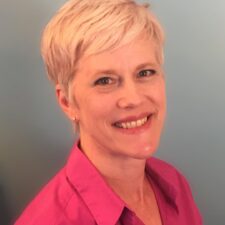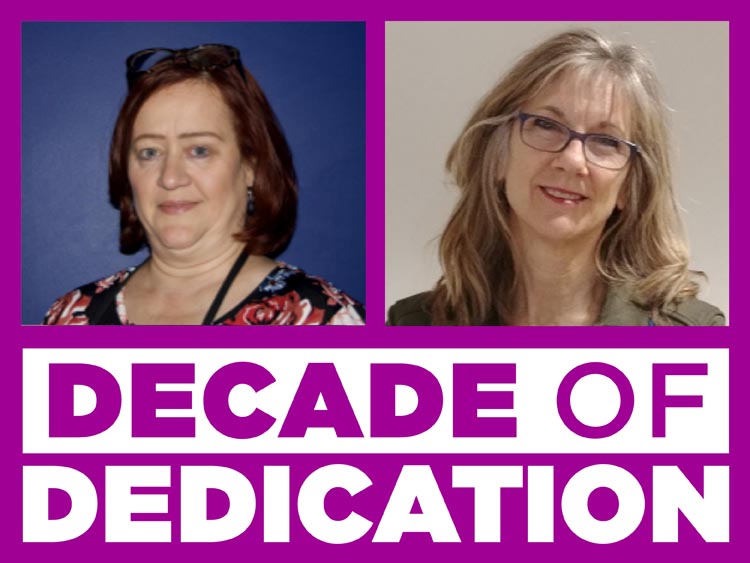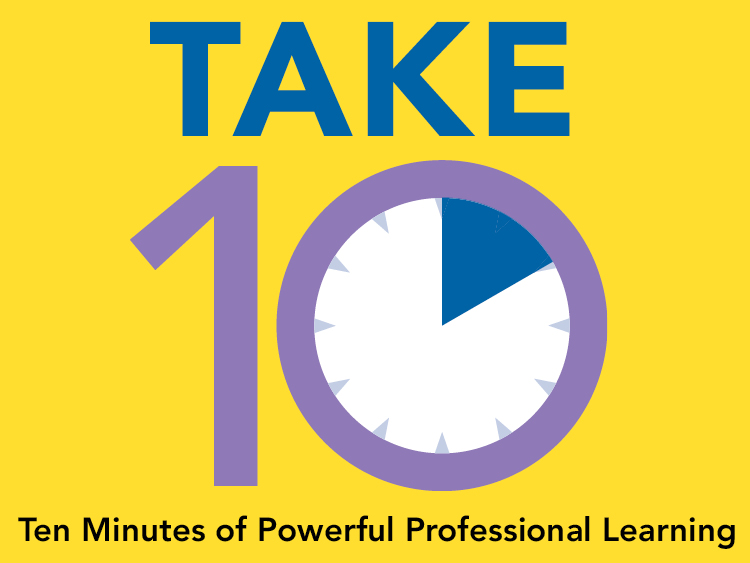This is the fourth in a year-long series of blogs about the Nature of Science and Culture in the Classroom. Click here to read the previous blog in the series from August.
We are more than halfway through our year-long journey to explore bias in our classrooms and ways we can use the Nature of Science (NOS) to create a classroom culture that promotes equity in NGSS instruction. This month we explore the NOS idea that science is a human endeavor. Using the NOS to expand the idea of who does science and who is an engineer can greatly benefit our focus groups for this month: economically disadvantaged students and students in alternative education programs. And it leads directly into the strategy of using engineering for equity.
Connecticut is one of the wealthiest states in the US yet that wealth is concentrated in pockets, creating a wide gap in income and resources between wealthy neighborhoods and poor ones. The more concentrated the wealth and poverty are, the harder it becomes to address root causes of inequities for students. Connecticut fares better with students who might be at risk for dropping out, with a 92% graduation rate in 2019, compared to 88% nationally. Some of those struggling to graduate may be enrolled in alternative education as in the case study in NGSS Appendix D. As always, it is important for us to consider our implicit biases and whether we may be unconsciously blaming students and their families for their socioeconomic status or lower academic progress. As educators, we can use strategies to better serve both of these groups of learners by creating instruction that is better aligned and more connected to their own communities and lives.
Engage students by connecting science learning to student identities.
In August, we explored Universal Design for Learning (UDL) and the idea that engagement comes first. Students will not be engaged if they see science itself as being outside of them and their experiences. Last February, we considered the idea that the norms of STEM represent the experiences of the dominant US culture of white, privileged, Western, men. Defining STEM from this traditional perspective limits the ability of many students to see themselves as scientists and engineers when we know that many of their everyday activities already make use of science and engineering practices. Virtually every sport requires children to develop and use models of forces and interactions in systems. The creativity that children use in pretend play is the same used to construct explanations and design solutions. Every child that has ever tried to get out of a chore has used a form of argumentation to make their case.
One way to surface these connections for students and help us learn more about their communities at the same time is with self-documentation. In this activity, students document parts of their lives in photos and then work with the photos in class to make connections to the curriculum. Once you have a better sense of students and their identities, bring their interests into the classroom by choosing relevant phenomena, engaging with their sense of social responsibility, or connecting to a community project or source of knowledge.
Engage students by connecting to student communities.
In addition to connecting to student identities, learners are better served when instruction also connects to their communities. Just as students may not see themselves as scientists and engineers, caregivers may also not realize the many ways they use STEM every day. Encourage family members to visit your class if possible to share how they use science and engineering practices in tasks like shopping and cooking.
If families and caregivers are not as available as we would like, due to economic hardship or other obstacles, there are many other community members that we can bring into the conversation. Anyone who does business in the community, attends to its history or culture, serves its residents, or simply has lived in the community for a while can be a resource for our planning or to bring into class.
It is also important for students to recognize that people outside of their communities, all around the world, are doing science. In any definition of science, include explicit language around who does science and how science is used. Here is one timely example from WHO about the worldwide fight against COVID-19.
Engage students with engineering projects.
Science is a human endeavor and connecting to student identities and communities helps them see this. One strong motivator for scientific research around the world is to use it to then pursue engineering projects to improve our lives. Economically disadvantaged students and students in alternative education programs that struggle to feel an interest in science alone may blossom when learning is based on highly engaging engineering project options. Use sites for project inspiration but remember to customize for your students and community. Check out resources for project-based learning (PBL) as well. The benefits of PBL (and engineering projects as one type of PBL) include having entry points for varied abilities, assessing performances, and getting practice with cross curricular skills that will be important for future career success. Students also practice independent thinking and owning their learning.
These high-interest learning opportunities improve students’ attitudes towards school. Worried about supplies and budgets? Engineering design projects can be problem-based learning experiences which focus on problem-solving without necessarily producing a project. Are you fortunate enough to have ample materials for hands-on learning? Try making as well as engineering. If needed, clarify for students (and yourself!), the similarities and differences between making, tinkering, and engineering.
Engineering and PBL provide lots of ways to incorporate UDL and multiple means of engagement, representation, and action and expression. Students doing complex, community-based projects consider multiple viewpoints, access information in multiple formats, and have multiple ways to manipulate information and express their new learning. Engineering also provides a way for students to develop competency dealing with frustration and set-backs in a setting that can be safer than in real life. As students experience productive struggle, they may fall back on old ideas that science and engineering are not fields for them. In those cases, it can be helpful to have a few anecdotes of people who struggled in science coursework and then had later career success.
Some final thoughts.
With economically disadvantaged students and students in alternative education, there is a lot of deficit that could become our focus if we aren’t careful. For example, we might become lost in all the possible challenges that economically disadvantaged students may face. It can be hard sometimes to remember to see the assets and positive outcomes but they are there. For example, when given the opportunity, economically disadvantaged students earn nearly as much after graduation from elite universities as their wealthier peers. Try some of the ideas in this blog and if your students are nearing college age, reframe their ideas about who can attend college just as you reframed their ideas about who does science and engineering.
We have one more blog left in the series and do not forget to join the Facebook Educator’s hub if you have not yet. I myself am back in the classroom now and working hard to put my suggestions to you into practice. I’ll talk to you again in February when we wrap back around to where we started by thinking about strategies for students in major racial and ethnic minority groups and that science is a way of knowing.
This content was made possible in part by the Institute of Museum and Library Services.

Gail Mitchell Emilsson is a former Professional Learning Specialist for the Connecticut Science Center’s Mandell Academy for Teachers as well as a veteran high school science teacher. This year, she returned to the classroom to teach 6th grade science in Cromwell, Connecticut. Gail looks forward to continuing instructional equity conversations across districts while in her new role and getting fresh ideas from her new students.


